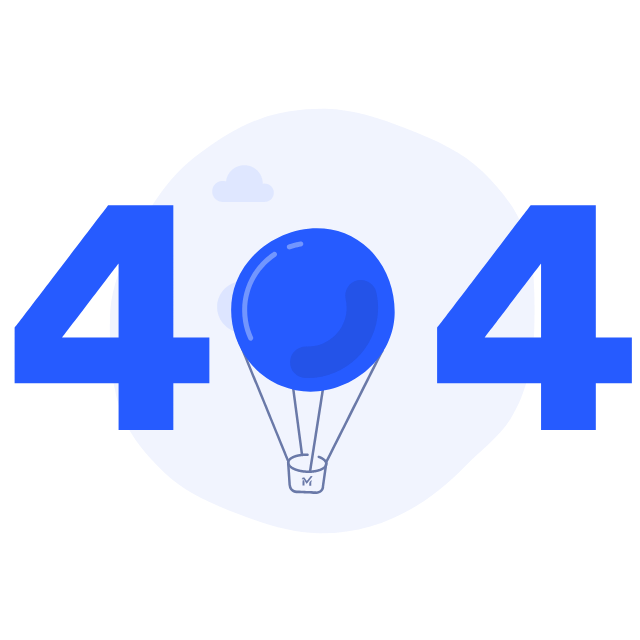Directions to Solve In the following questions choose the word which is the exact OPPOSITE of the given words. A Cheat
B Hire
C Borrow
D Pawn
Share : |
A Yes
B No
Share : |
A The most significant address line is stuck high or low.
B The address decoder on the SIMM is faulty.
C The voltage on the memory module is incorrect.
D The memory module was not installed properly.
Share : |
A The output buffers are probably defective since they are all tied together; the common input line is most likely stuck LOW. Change the output buffer IC.
B One of the inputs to the active-LOW select AND gate may be stuck high for some reason; take both select lines LOW and check for pulse activity on the outputs, Q0–Q3. If the outputs now respond, the problem is most likely in the program or circuitry driving the select lines.
C Since no data appears to be getting through to the output buffers, the problem may be in the X decoder; change the X decoder IC.
D The problem appears to be in the two address lines that never change levels; the problem is probably in the program driving the memory address bus.
Share : |
A 12
B 11
C 10
D 8
Share : |
A EEPROM
B ROM
C mask ROM
D EPROM
Share : |
A RAM and ROM
B CD-ROM and hard drive
C CMOS and hard drive
D Hard drive and RAM
Share : |
A is very expensive to change the stored data when system requirements change
B is time consuming to change the stored data when system requirements change
C has an extremely short life expectancy and requires frequent replacement
D cannot be reprogrammed if stored data needs to be changed
Share : |
A refreshing
B multiplexing
C flashing
D bootstrapping
Share : |
A Static memory
B External mass memory
C Volatile memory
D Bootstrap memory
Share : |





 are checked and
are checked and  shows pulse activity, while
shows pulse activity, while  indicates a constant HIGH. What is wrong, and how can the memory be tested to determine whether it is defective or if the external circuitry is defective?
indicates a constant HIGH. What is wrong, and how can the memory be tested to determine whether it is defective or if the external circuitry is defective?
